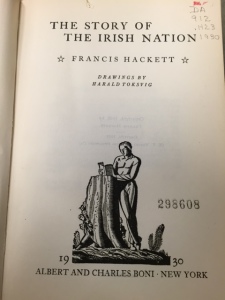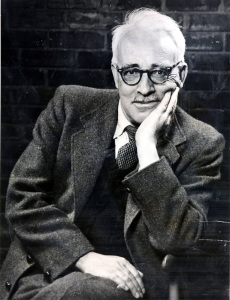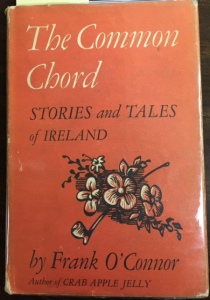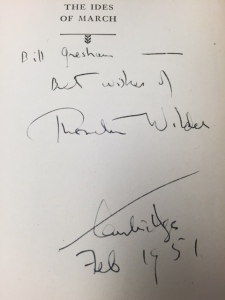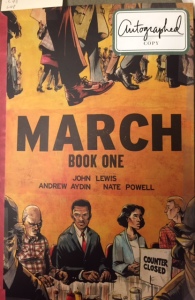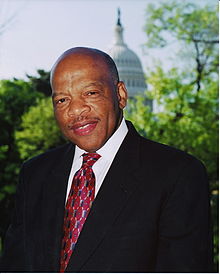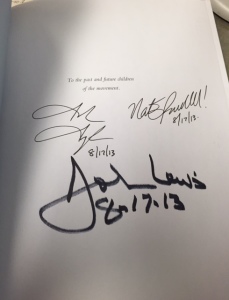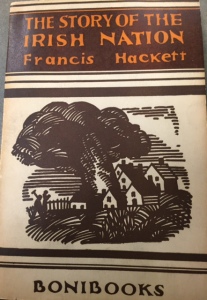 Continuing the Irish theme this month, we came across this book by Francis Hackett—The Story of the Irish Nation. It is a lovely book of stories of a storied land with wonderful illustrations. Not as in depth as some histories, but easily read and very informative.
Continuing the Irish theme this month, we came across this book by Francis Hackett—The Story of the Irish Nation. It is a lovely book of stories of a storied land with wonderful illustrations. Not as in depth as some histories, but easily read and very informative.
But this is a situation in which the book itself is even more interesting that the content. This is a Boni Book, which was one of the precursors to the mass market paperback. Albert Boni and Horace Liveright formed B&L Books (which would eventually become Random House). They separated after only a year, and Albert began his “Little Leather Library” in 1920. The books were more a novelty than serious publications.

End papers.
His brother, Charles Boni began printing paperback books by himself in 1929 under the imprint Charles Boni Paper Books. (Reminiscences of a Cowboy by Frank Harris, Rare Book Room F596.H31). They featured wraparound covers with artwork by Rockwell Kent. And there were ornate end papers front and back. They sold by subscription at $5.00 a year for one book a month, or for 50 cents each in stores.
By 1930, the books became “Bonibooks” and the title pages changed to include both brothers, Albert and Charles Boni, with the date 1930, as in our featured book. These are not the quick and cheap paperbacks that began in 1939 with Pocket Books, but well-made and designed, with good paper and binding. They correspond more to what we today call trade paperbacks.
(The drawings in this book are by Harald Toksvig, not Rockwell Kent. Hackett’s wife’s name was Signe Toksvig, by the way.)

